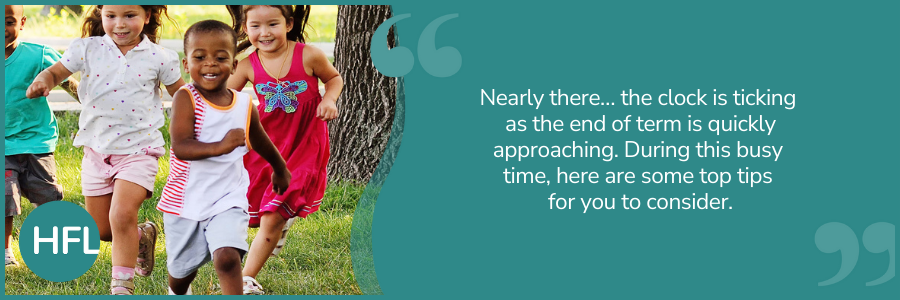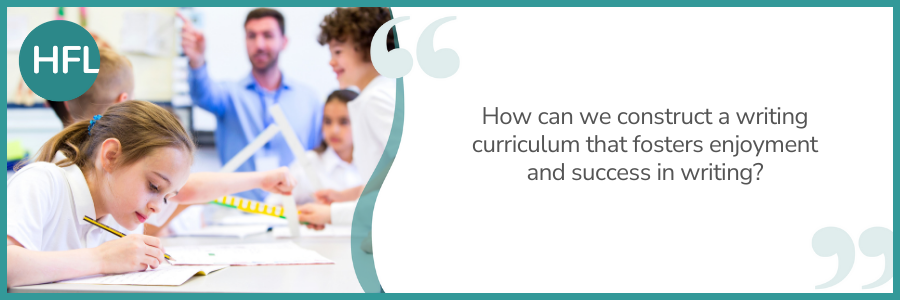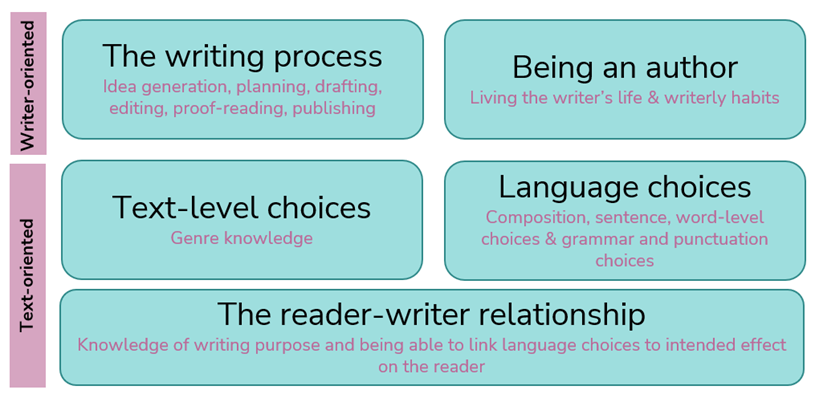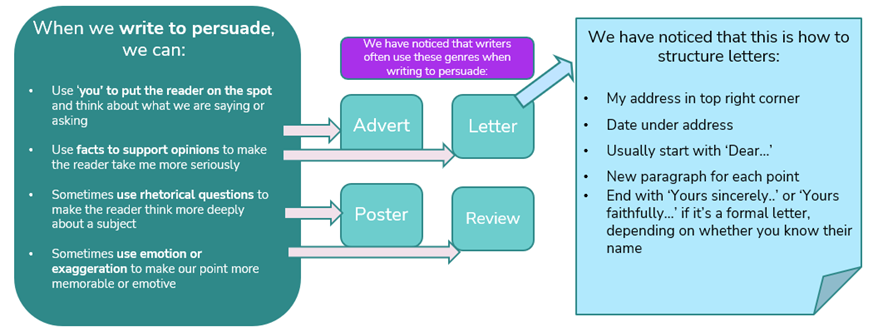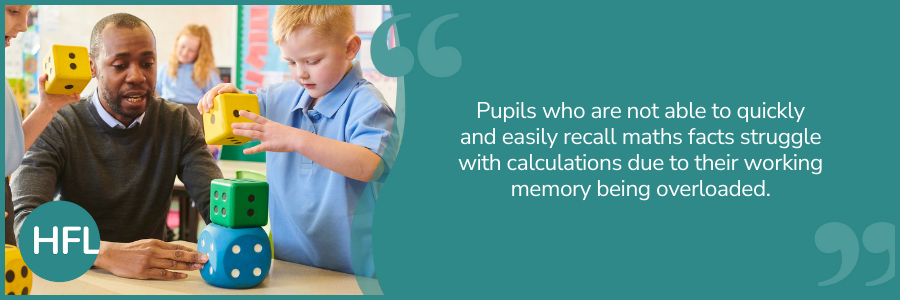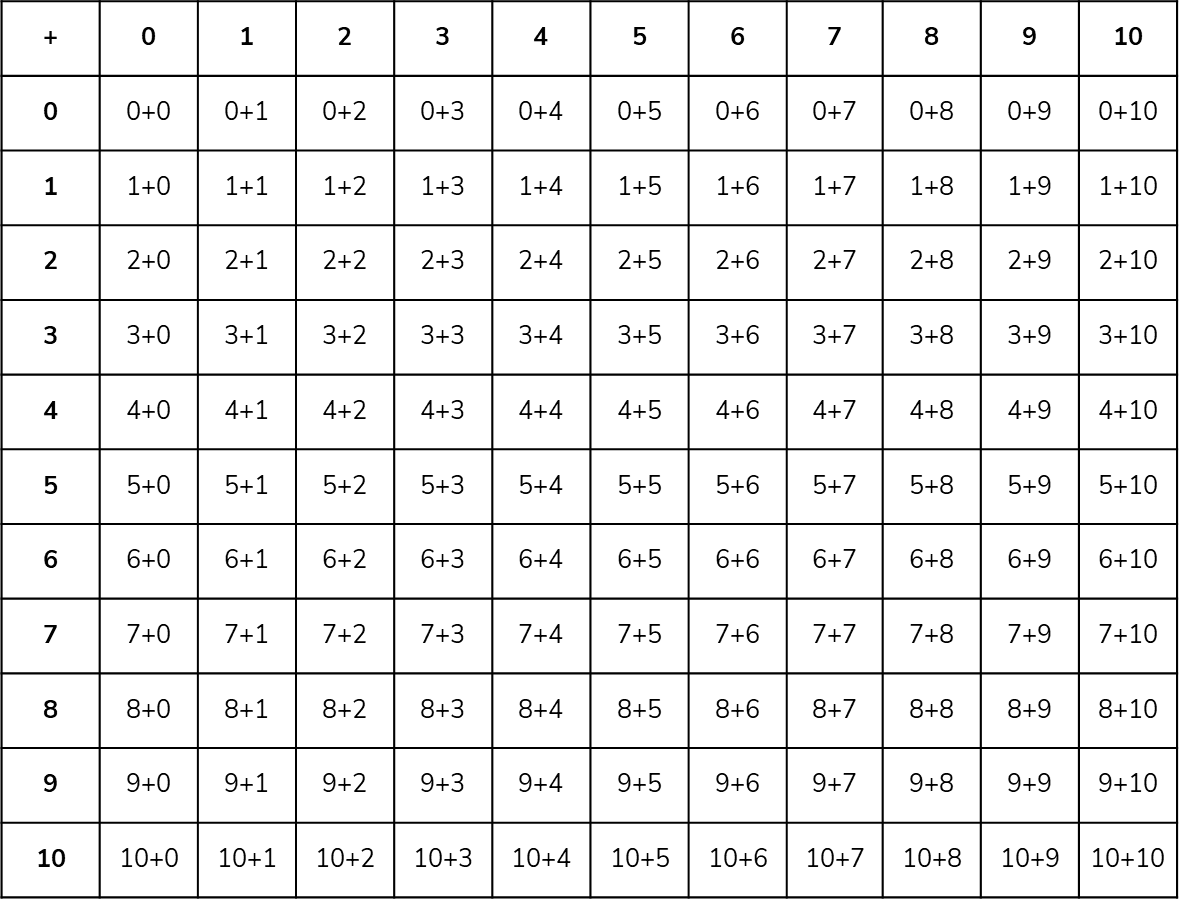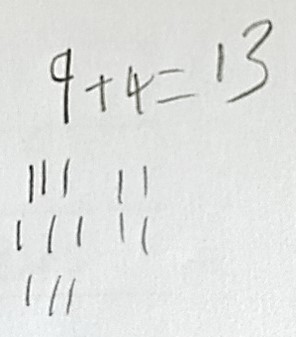Are you planning to make some new (academic) year’s resolutions?
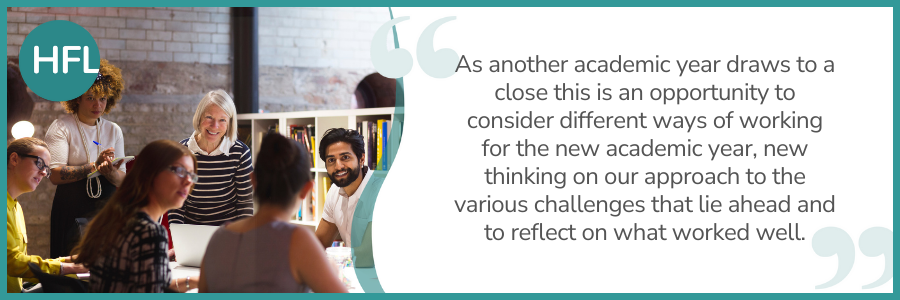
Without doubt the past academic year has had its moments of challenge not least the political turmoil that has resulted in 5 Secretaries of State for Education in 12 months, the ongoing education strikes, budget uncertainty on key areas such as staff pay, the convulsions at Ofsted in the wake of the Ruth Perry tragedy, the threats and opportunities presented by AI and various dire warnings in the media around an epidemic of vaping in schools, crumbling school estates, the ongoing challenge of asbestos in school buildings of a certain vintage, persistent absence on the increase and much more besides. All of this creates challenge for boards and governors alike, a fog of negative stories and influences that conspire to hinder schools in their primary objective of improving outcomes for all their pupils and closing the disadvantaged gap.
As governors and boards, we need to be able to contextualise the above and keep it in perspective, some or all of the above will have an impact on our individual schools but we can do a lot by ensuring that our work remains focussed on outcomes and the strategic journey our school is on to achieve these. Can we work smarter? Can we improve our practice? Can we learn to do things differently? The answer is of course ‘yes we can’! So, the following are some suggested new academic year’s resolutions to help you on your way:
Meetings
Do we need an endless round of committee meetings to underpin the work of the board or is it possible to roll some, or all, of that work into our FGB meetings? Many boards are moving to the ‘circular’ model of governance and dispensing with the work of committees altogether, others are gradually consolidating committees to focus and reduce workload, recognising the enormous amount of duplication and repetition that occurs for both governors and SLT members. Either way it's about questioning the way you are set up and challenging the reasons why you are where you are and to consider if changes can be made. Please do reach out if you would like to understand more about different ways of working.
Agendas
When considering the above, even if you make no changes, staff and governors time is precious so meetings need to be smart. A timed agenda is a great place to start, this means setting times in the margin for each item and therefore fitting the proposed business within a set timeframe, ideally 2 hours maximum. If you start at 6pm with a bit of practice and discipline your meetings will be finished by 8pm – the impact on the quality of debate and engagement can be amazing, knowing when a meeting will end gives renewed purpose and motivation to those in attendance.
Shared endeavour
There is nothing that unites a group of people more than a shared experience whether that be joint training, a school visit or attending a school event. When governors train together, they learn together, the training can be put in context for our own setting and apply that newly acquired knowledge with the confidence that all on the board will be equally informed. This can be done by attending a programme of agreed face to face training or by using a platform such as Modern Governor to set out an annual programme of learning that is undertaken half-termly, fitting neatly around work life commitments, which will ensure that the board acquires knowledge in a planned and strategic way. This can feed into supporting governors link roles so that when visiting school either individually or as a group on a governor’s session in school we can be on the front foot, knowledgably seeking out evidence that helps us triangulate with what we are being told at meetings and the internal and external reports we receive. Training together, visiting together (when possible) and meeting together ensures the workload and lived experience of school life is shared, considered, feeds into our monitoring of school and board plans and ultimately fulfils the strategic role at the core of our work.
Promote and celebrate the work of the board
Unless we tell our pupils, parents and community about the work we do no one else will! Use the tools at our disposal, for instance go beyond the guidance on what boards need to publish on the school website, use this parent and public facing window to shed light on our work and the impact it’s having. Share photos of governors in action – on a school visit, presenting awards, holding a meeting, in the staff room meeting staff. In doing so you will promote the work of the board and raise the profile and recognition of individual governors. Post messages of support and congratulation on the school’s social media, maybe have a termly newsletter that celebrates the boards work. The idea being to humanise and demystify what being a governor involves and encourage people to enquire and hopefully consider becoming a governor.
Recruitment, engagement and retention
These three are always somewhere near the top of challenges boards report facing and can be very difficult to deal with without a plan! However, if you get some or all of the above in place it can be a game changer. Creating an environment that encourages people to become involved, much in the way that PTAs do, ensuring once they step forward, they have a sense of joint endeavour and support. That ‘we are in this together’ is vital to emphasise, and in that way as the boards work leads to tangible improvements for the school and pupils, they will want to remain part of the journey. How to improve engagement? Training is vital, knowledge breeds confidence to challenge and ask questions. Encouraging governors to ask questions and comment, don’t be afraid to go ‘round the table’ so that there’s always an expectation that everyone contributes. Don’t just ‘hear’ those contributions but value them as well, there is nothing more off-putting, especially for new governors, when their contribution is neither acknowledged nor valued. Providing mentor or buddy support for new governors can be a vital tool of retention.
At the end of this term as the school corridors empty, the playground becomes silent, the echoes of school sports days fade, staff clear their classroom walls, final meetings are held, the kitchen is deep cleaned, clubs are paused and staff and governors take a welcome break, take a moment and give some thought to the above resolutions. To return in the autumn term with a determined focus to do things differently, challenge embedded practice, explore alternative ways of working, be more ambitious or perhaps seek an external perspective or review of board practice. As the tectonic plates of education slowly move so should all those involved, as governors we are uniquely placed to ensure our schools remain fit and agile to respond to the many challenges that arise – we need to be sure footed, trained, informed, inquisitive to enable us to rigorously support and challenge our senior leaders. Consider making some new academic year’s resolutions, add them to the top of your agendas so as not to forget them! For now though, as this academic year comes to a close be super proud of all that you have done this past year and know that in so many ways you will have improved the life chances of the pupils in your schools.
The HFL Governance team stand ready to support you whether it be through our acclaimed training programme, our supportive Clerking and Chairs service or our fantastic helpdesk.
To contact us please use the following:
Governance Helpdesk – 01438 544487
Governance Training – 01438 544478
Governance Clerking - 01438 544487
Or email us at governance@hfleducation.org

